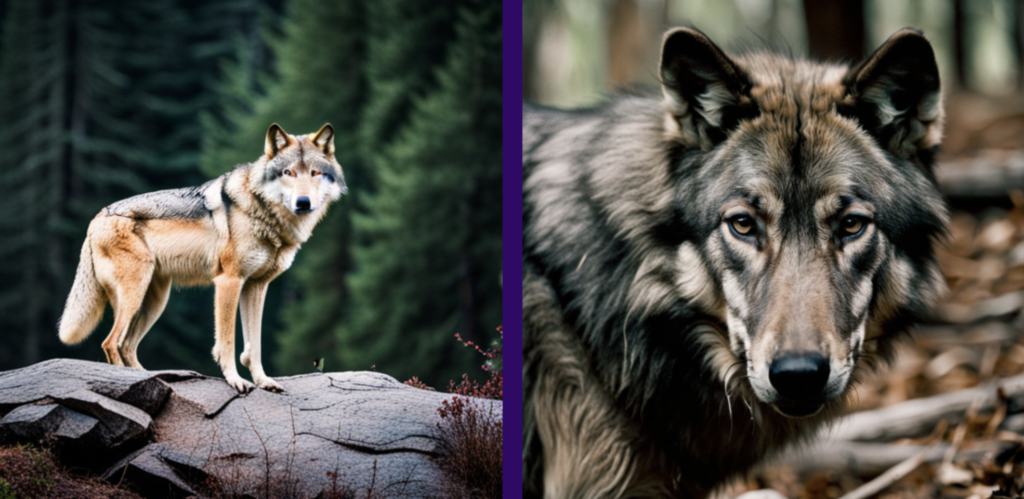If you’re passionate about AI image generation, you’re likely familiar with Stability AI, a leading company specializing in cutting-edge models for text-to-image synthesis. Among their impressive product lineup, SDXL (Stable Diffusion XL) stands out as a suite of models capable of generating high-resolution and realistic images from natural language prompts.
In this blog post, we’ll dive into the latest development in the SDXL series: SDXL 0.9. Unveiled on June 22, 2021, this model represents a significant improvement over its predecessor, SDXL Beta, introducing exciting use cases and enhanced functionalities.
What Sets SDXL Apart?
SDXL, short for Stable Diffusion XL, leverages a technique called diffusion to create images from text prompts. This iterative process refines a random noise image to gradually produce a realistic representation aligned with the provided text.
These models are trained on vast datasets of images and captions and incorporate CLIP (Contrastive Language-Image Pretraining), a powerful language model. CLIP enables SDXL to understand semantic relationships between images and text, ranking how well an image aligns with a given prompt.
By combining diffusion with CLIP, SDXL generates not only realistic images but also diverse and creative ones. It can handle complex and abstract prompts and even negative prompts that specify elements to exclude from the image.
The Innovations of SDXL 0.9
SDXL 0.9 represents the most advanced development in the SDXL series to date, offering several key improvements compared to its predecessor, SDXL Beta, released in April 2021.
First and foremost, one notable enhancement is the increase in parameter count. With SDXL 0.9 boasting 3.5 billion parameters for its base model and 6.6 billion parameters for its model ensemble pipeline, it has the capacity to generate highly detailed and realistic images with improved composition and resolution.
Moreover, another improvement is the integration of two CLIP models, including OpenCLIP ViT-G/14, which stands as one of the largest models trained thus far. This incorporation plays a vital role in significantly enhancing SDXL 0.9’s ability to comprehend natural language prompts and generate images that seamlessly align with the provided text.
Exploring SDXL 0.9 in Action
To showcase the power and versatility of SDXL 0.9, let’s examine a few examples comparing the results generated by SDXL Beta (left) and SDXL 0.9 (right). Notice the substantial improvement in realism, detail, and composition in the images produced by SDXL 0.9.
Examples

✨aesthetic✨ aliens walk among us in Las Vegas, scratchy found film photograph

A wolf in Yosemite National Park, chilly nature documentary film photography
manicured hand holding up a take-out coffee, pastel chilly dawn beach Instagram film photography

manicured hand holding up a take-out coffee, pastel chilly dawn beach Instagram film photography
Key Functionalities of SDXL 0.9
Beyond basic text prompting, SDXL 0.9 offers a range of functionalities that extend its capabilities beyond generating images from scratch. Some of these functionalities include:
- Image-to-image prompting: Inputting one image to obtain variations of that image based on a text prompt or another image.
- Inpainting: Reconstructing missing parts of an image using the surrounding context and a text prompt.
- Outpainting: Creating a seamless extension of an existing image based on a text prompt.
For more examples and details regarding these functionalities, refer to Stability AI’s official blog post.
Accessing SDXL 0.9
If you’re eager to experience SDXL 0.9 firsthand, you have several options available:
- Utilize ClipDrop, a mobile app that allows you to generate images from text and copy them to other applications.
- Leverage the API provided by Stability AI, granting you greater control and flexibility over the image generation process.
- Download the research weights, intended for researchers and developers who wish to experiment with the model.
- Explore the HuggingFace Spaces, interactive web pages that offer a simple interface for generating images from text.
For more information and direct links to these options, visit Stability AI’s official blog post
Conclusion
SDXL 0.9 represents a significant milestone in AI image generation, highlighting Stability AI’s innovation and creativity. Moreover, with its remarkable capability to generate realistic and diverse images from natural language prompts, coupled with its expanded functionalities, SDXL 0.9 paves the way for exciting possibilities in the realm of generative AI imagery.
Whether you identify as a researcher, developer, creative, or simply a curious user, SDXL 0.9 warmly welcomes you to delve into its capabilities across various platforms and applications. We strongly encourage you to embrace this model responsibly and ethically, harnessing its incredible potential to the fullest.

